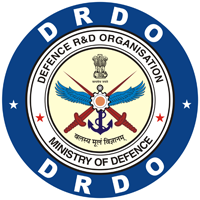Mitigation of Blast Induced Acceleration using open cell natural rubber and Synthetic Foam
DOI:
https://doi.org/10.14429/dsj.69.12586Keywords:
Acceleration mitigation, natural rubber foam, synthetic foam, acceleration measurement, blast wave, Polyurethane foamAbstract
In addition to high pressure generated by explosion, the induced high acceleration can also cause severe injuries to occupants and structural damage, especially in anti-vehicular land mine blast scenario. This problem has not been studied well and only few techniques to reduce the deadly effect of high acceleration are reported in literature. In the present work, the mitigation of blast induced acceleration using add-on layers of open cell natural rubber and synthetic foam on rigidly fixed composite plate has been studied experimentally under increasing blast wave strengths. The blast wave strength was varied by increasing quantity of plastic explosive from 0.150 kg to 0.550 kg. The induced vibration in the composite plate due to impingement of blast wave was measured in terms of acceleration using piezoelectric accelerometer. It was observed that the sharp rising acceleration signals were transformed into a slowly rising and low amplitude signals with the addition of foam. The mitigation of high frequencies and amplitude of acceleration signals was also verified with the fast Fourier transform study. The rubber foam shows better acceleration mitigation than synthetic foam. This study has suggested that the material like rubber and synthetic foam can be used for mitigating the acceleration resulting from the impact of blast wave.
Downloads
Published
How to Cite
Issue
Section
License
 Where otherwise noted, the Articles on this site are licensed under Creative Commons License: CC Attribution-Noncommercial-No Derivative Works 2.5 India
Where otherwise noted, the Articles on this site are licensed under Creative Commons License: CC Attribution-Noncommercial-No Derivative Works 2.5 India

